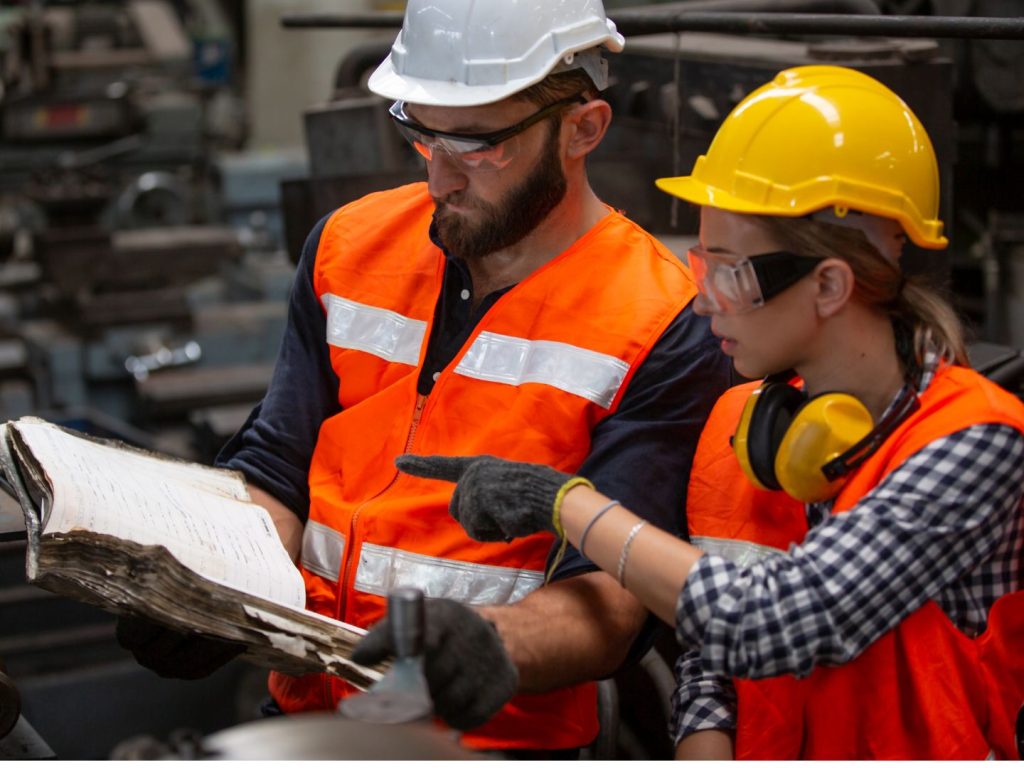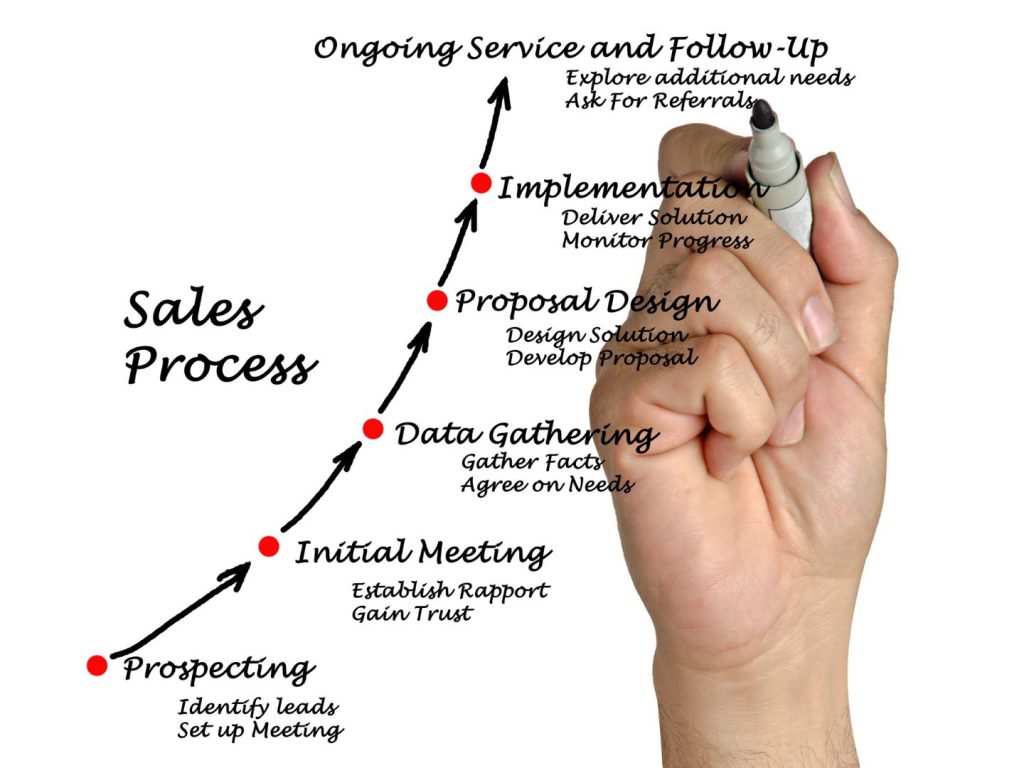Gemba Gemba
Last updated: 06.03.2024
Reliable verification of the facts and stop relying on opinions is only possible where the process takes place. This means going to Gemba, observing the process, the work of the team, exchanging questions with employees about the process and identifying where the problem lies.
Table of Contents:
- Gemba, or how to understand the nature of the process
- What gets in the way of business improvement?
- Why measure processes?
- How to streamline processes?
- Involve the team in the diagnosis of the current state of the process
- Potential for efficiency gains and employee engagement rolled into one
In Article:
- A leader who wants to improve a process must go where the process occurs, because only in this way will he or she understand the nature of the process, and only there is a chance to identify and eliminate waste.
- Going to Gemba means that the manager goes to a place where people add value, where things happen. We often say that Gemba is such a place of action.
- Managers often make decisions about what a process should look like without ever seeing it.
- Reliable verification of the facts and stop relying on opinions is only possible where the process takes place. This means going to Gemba, observing the process, the work of the team, exchanging questions with employees about the process and identifying where the problem lies.
- Imagine a situation where an employee raises his hand of his own accord every time he sees a problem. The leader thanks him for this and offers to think together about how best to eliminate this problem. Only this way of improvement makes sense.
- In order for improvement not to interfere with business, but to support it, one should improve the process without interrupting it. There is an ideal improvement process - when some people work, others observe their work and ask questions.
- Before the leader goes to work on the process together with the team, he has to determine on his own what is not working in the process and know exactly which process is worth addressing. He looks for waste in the process and chooses the one with the most waste.
- He then engages people in a diagnosis of the current state of the process to determine with them what the facts are. Based on the information gathered, he and his team determine, by consensus, what elements in the process are the problem and what needs to be improved.
- People are aware of the process and what exactly is preventing them from working effectively. Their commitment grows and the efficiency of the process increases.
- Improvement is a continuous process, so no manager should forget to constantly identify problems and solve them together with employees. Gemba is the place of action where it all begins.
See also: Gemba - go and see, show respect
Presence in Gemba, or how to understand the nature of the process
The phrase Gemba means, in Japanese, the place where the actual work is done. It is central to the strategic approach to Lean and was popularized by Toyota's achievements. One of the principles that governs this Japanese organization says, in the simplest terms, that we should start solving problems in the company by visiting the place where work is done. This idea is related to the belief that a manager who wants to improve a process will not do it from behind his desk, i.e., from his hitherto daily workplace. He must go to where the process is taking place, because only in this way will he understand the nature of the process, and only there does he have a chance to identify and eliminate waste, which is, after all, the essence of the Lean philosophy.
Gemba is such a Japanese word that simply means a place to do physical work. Going to Gemba means that the manager wants to understand what the workers' perspective is on the job, what the process is like, what the problems are for the workers. The biggest challenge of going to Gemba is not to judge and not to "play" the role of a manager here, but the role of an observer. We go there out of curiosity, not out of a desire to advise, improve, suggest, and certainly not out of a desire to evaluate. Going to Gemba means that I go to a place where people add value, where it all happens. We often say that Gemba is such a place of action.
Radek Drzewiecki, quote is from the podcast Effective CEO
What gets in the way of business improvement?
There is a perception that in order to improve a particular job, one has to stop it and go to a dedicated place, usually a training room, to discuss ways to improve. Unfortunately, this approach even gets in the way of business. This is because managers make decisions about what a process should look like without actually ever having seen it. Instead of observing it together with their employees, they take them to conference rooms where they discuss problems in isolation from the facts, subjecting them to careful analysis and making personal statements.
Reliable verification of the facts and stop relying on opinions is only possible where the process takes place. This means going to Gemba, observing the process, the work of the team, exchanging questions with employees about the process and identifying where the problem lies.

Why measure processes?
More than 80% have never been measured, and ripping employees off for workshops and meetings, leaders proving their case based on what they have heard or what they think, will not improve process efficiency, solve existing problems, or increase employee engagement.
Neither a project-based approach, in which the team completes improvement and goes back to old habits as the project ends, nor dedicated teams when everyone else feels relieved of responsibility, nor forcing people to take a break from work and talk about improvement helps guide the company to success, does not support its growth, and in fact hinders it.
Does this mean that the manager has to observe the process at the point of execution and eliminate waste? In a way, yes, but he never does it alone. He observes, but above all he listens to what the employees performing the process are saying. They are the ones who struggle on a daily basis with all kinds of impediments, which are in fact waste, so their observations "from the battlefield" are no less important than those of the leader.
Imagine a situation where an employee raises his hand of his own accord every time he sees a problem. The leader thanks him for this and offers to think together about how best to eliminate this problem. This is the only way of improvement that makes sense. However, it is important that reporting even the smallest problem becomes a habit, something natural and seen by absolutely everyone as something important. So is the constant resolution of reported problems. The two combined just make up the identification and elimination of waste. We never stop looking for problems. There is no end to the process of identifying waste. We start with the problems, and the solutions will come naturally on their own, with the cooperation of the whole team. This will make it both efficient and committed.
How to streamline processes?
What can be done so that improvement does not hinder the business, but supports it? Improve the process without interrupting it. Is there an ideal, model improvement process? Yes, when some people work and others observe their work and ask questions. The team performs experiments and verifies hypotheses together, and everything happens in real time. Instead of analyzing after time, problems are solved here and now. This is often not easy, as it requires going against the grain, going against human nature, breaking the current paradigm of thinking and taking away the comfort zone so loved by many. Wanting to improve the situation in the organization, it is necessary to understand the problem and try to solve it, and above all, it is necessary to create an environment of trust, influence, responsibility and development.
Before the leader moves on to work with the team on the process, he must establish a plan for what he is going to do at all. In addition, he must be convinced that this is a process that should actually be studied. This is why a leader always starts alone. Precisely to make sure he knows what he wants to do. That is, he gets out from behind his desk, goes to the Gemba, and observes the process, remembering to be respectful, not judgmental. The leader goes out to GEMBA for one purpose - to see what is not working in a process and to know exactly which process is worth addressing.
At this stage, he looks for waste in the process and chooses the process with the most waste. To do this, he takes a piece of paper and a pen and writes down everything he sees. Both the wastes and the things that appear to be them. In addition, he analyzes who interrupts the process - this too is waste. At this stage, the solitary role of the leader ends.
Involve the team in the diagnosis of the current state of the process
Once the existing waste in the process has been identified, it is necessary to find out more about it. At this stage, the leader involves the people who perform this process, at the place where the process is performed, and together with them draws a process map. That is, exactly, step by step, what is happening in the process. Thanks to the Value Stream Map, both the leader and the team learn at which stage of the process the observed waste arises. What is most important about this step is that we involve people. They are the ones to show us what their process looks like.

Now comes the time to find out how common the wastes are, how many there are and how significant they are to the process. Tools like MOS (snapshot analysis) or ODIL (One Day in Life), allow you to measure how much waste is in a process. To find out when the wastage is occurring, or who exactly is affected, additional measurements need to be taken. The choice of analytical tools depends on the industry - for example, in the manufacturing industry we will use SWCS, or cycle time analysis measurement, in the service industry again interrupt analysis or Span of Control management analysis will work well.
Once we know if there is waste in a process, where it is occurring and we have it well measured, it is time for the leader to sit down with the people, take stock of what has been done so far and build consensus on the facts gathered. Consensus is such a magic word, but in order to make the necessary changes in a process, we need to get consensus among all the employees doing the process, team leaders, managers, etc. on what the facts are and what needs to be improved.
Potential for efficiency gains and employee engagement rolled into one
This is how, in a few steps, we went through the process of diagnosing the current state of the process, which provided the leader and the team with the necessary facts needed to determine, by consensus, what elements in the process are not playing and what needs to be improved. People are aware of the process and what exactly is preventing them from working effectively. They know, based on the facts gathered, what potential they have to increase efficiency, how they can work smarter. If, in addition, the leader selects 2-3 major problems for the solution phase, small, easy improvements that can be implemented right away, the result will be growing employee engagement and the realization that it's working, that they are actually contributing to the company's growth with their work.
Everyone, really every leader, every manager, every CEO or owner should be in Gemba. Of course, with the frequency needed at a given management level. This will make the organization work on facts, and people will willingly participate in improvement themselves. Improvement is a continuous process, so no manager should forget to constantly identify problems and solve them together with employees. Gemba is the place of action where it all begins.
_______________________________________
If you manage a company and want your leaders to build engaged and effective teams by identifying and eliminating waste in their processes, we have a tool that can assist them in this, just contact us >>.






